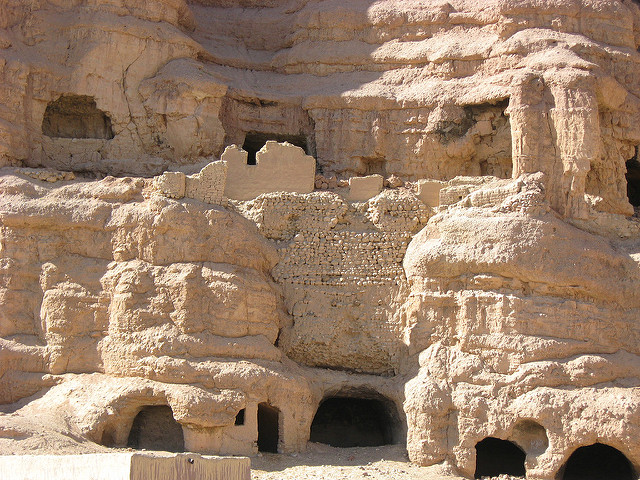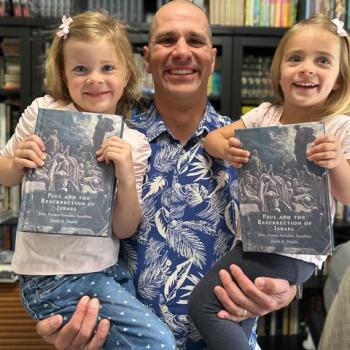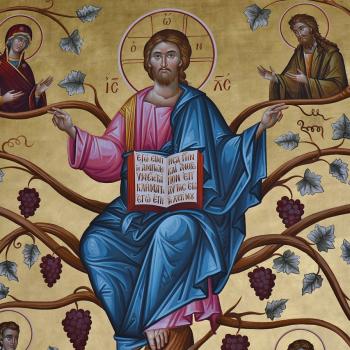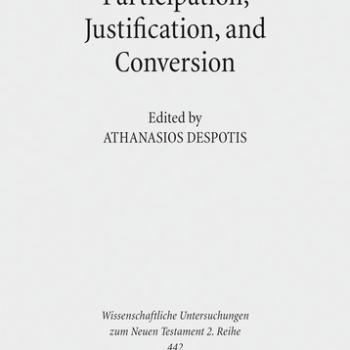
We generally think of leaders as striking figures who inspire people to follow them. Leaders tend to stand out in a crowd. We see leaders persuading people with their words, their ideas, their larger-than-life personalities. A leader has a strong vision and guides people into working together toward shared goals. We think of a leader standing in front of a large group, motivating people to take steps forward.
We assume leadership requires a certain level of experience and sufficient education. Our leaders need the ability to know what they think and communicate effectively. We choose our leaders based on their personal qualities and skills.
In our culture, leaders are often chosen through election. We believe in the power of competition to help us choose wisely.
Benedictine Leadership
In Benedictine monastic communities, leaders are chosen according to Benedict’s Rule. Over 1,500 years ago, Benedict put together guidance for monastic communities into a rule. Benedict gives wisdom about a wide variety of questions, from eating habits to the times of services. At the beginning, in Chapter Two, he describes the qualities of a leader.
There are several leaders in a monastic community. The primary responsibility for governing a community is given to the Abbot. The title comes from late Greek and means “father.” An abbot in a male community is the equivalent of an abbess or a Mother Superior in a female community.
Leadership Responsibilities
There is very little in the second chapter of Benedict’s rule about an abbot’s financial duties. Benedict does not advise future abbots directly about politics or time management. He does not spell out a detailed position description of an abbot’s rights and responsibilities. The focus of the chapter is on spiritual leadership, or “directing souls.”
Benedict does not remind abbots to care for the property or financial strength of their communities. He does not describe monastic leadership in terms of power or privileges.
Benedict urges monastic leaders to remember they are accountable. The communities exist for the spiritual wellbeing of their members. The leaders work to enhance that spiritual health and growth. Benedict sees leadership as serving the community and its members.
Benedict encourages abbots to lead by example. They are to be living examples of God’s goodness and justice, and not to show favoritism. “Therefore the abbot is to show equal love to everyone and apply the same discipline to all according to their merits.”
Choosing Leaders
Later in his rule, in Chapter 64, Benedict describes how communities choose an abbot.
Benedict instructs each community to select their own abbot.
This method was contrary to the example of his own day. Abbots were not appointed by an outside authority, and could not inherit their office. The process demands each member of the community discern for himself what is best for the community.
While abbots should reflect their communities, they are responsible for guiding their growth. Each abbot helps each community become more.
Whose example shapes your leadership?
How can we demonstrate monastic leadership today?
[Image by Tracy Hunter]
















